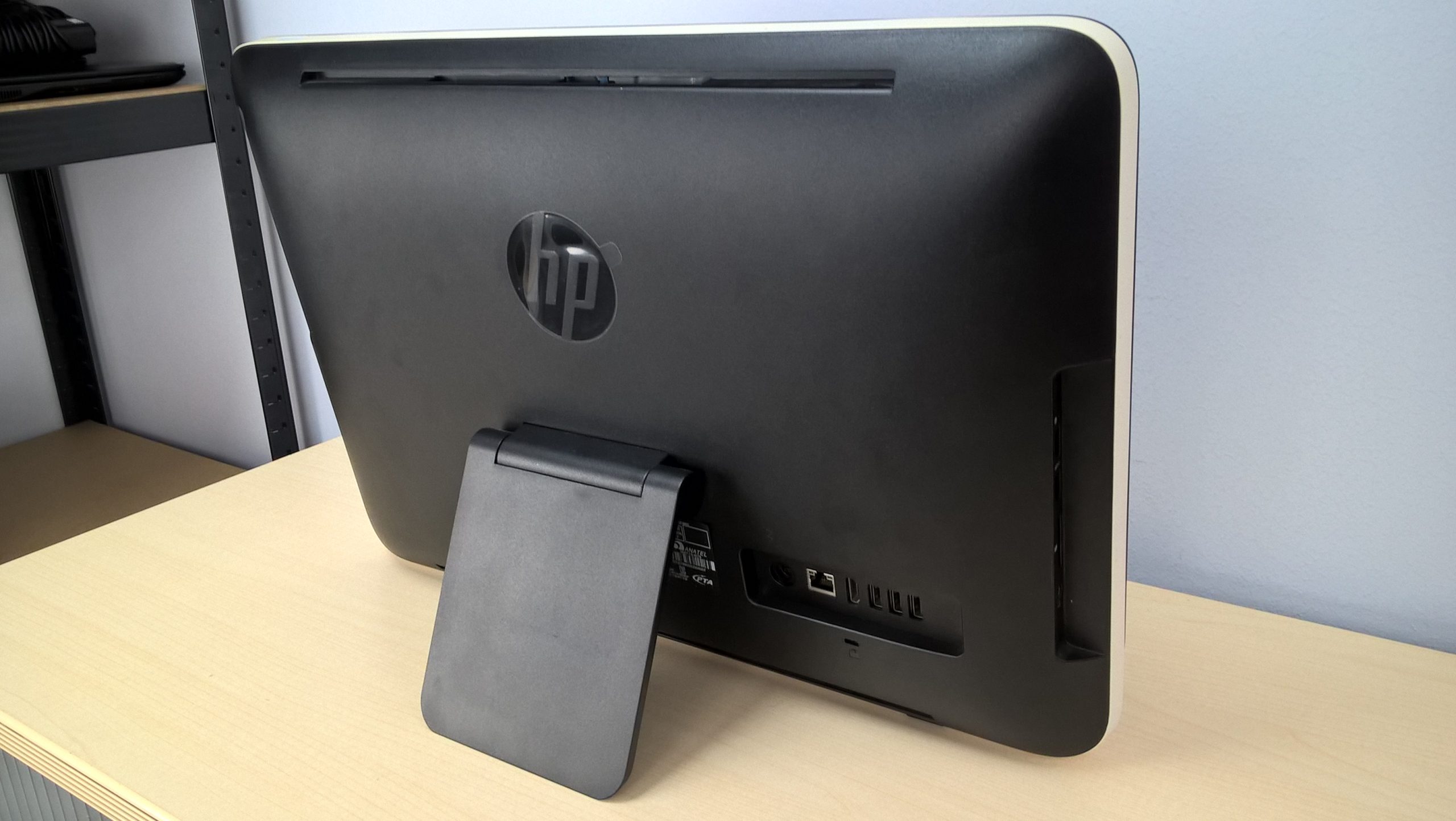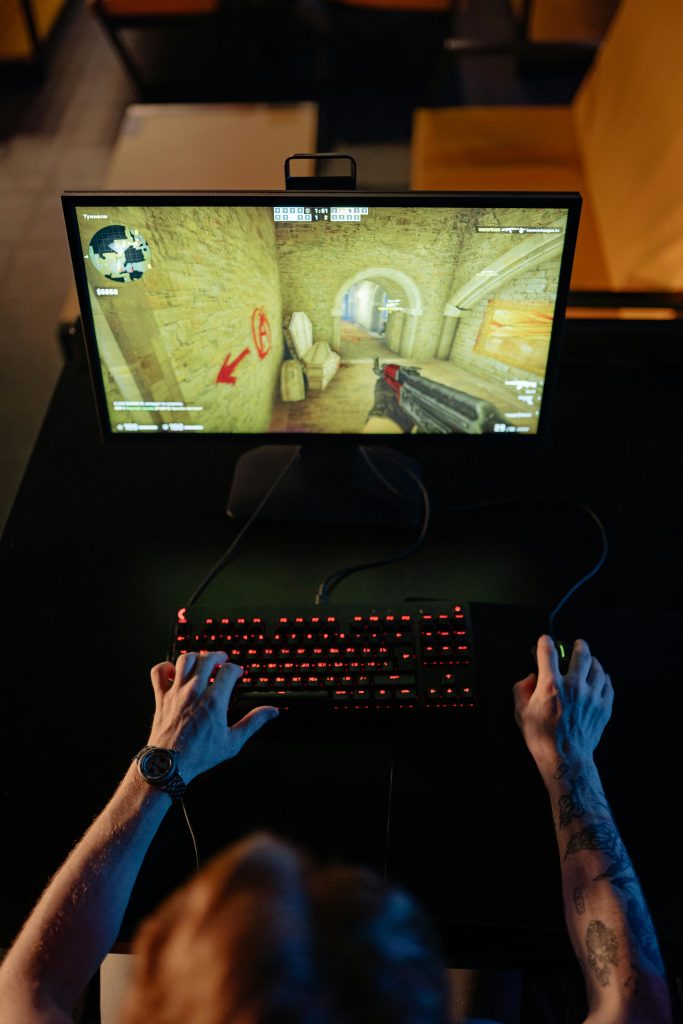Troubleshooting an Unresponsive Nvidia 3060 GPU: A Call for Help
As an IT professional, I pride myself on solving complex technical issues. However, I’m currently facing a perplexing challenge with a laptop I purchased recently. This machine features a robust Nvidia 3060 GPU, which performed flawlessly for the initial two weeks. Unfortunately, it has since ceased functioning as expected.
To rectify the situation, I’ve undertaken a series of troubleshooting steps. I began by reinstalling the GPU drivers and performing BIOS updates, but these measures yielded no results. I also experimented with reverting both the BIOS and Windows updates to previous versions and even tried uninstalling the drivers to install older versions. In a last-ditch effort, I reinstalled Windows entirely and reverted it to an earlier version.
Despite these extensive efforts, the GPU appears to be recognized in the Device Manager, yet it is not acknowledged by any other software. This has left me at a standstill.
If anyone has insight into this issue or can recommend additional troubleshooting strategies, I would greatly appreciate your advice. Your expertise could make a difference in resolving this frustrating technical predicament!
Share this content:




Hi,
It sounds like you’ve already taken many thorough troubleshooting steps. Since your Nvidia 3060 GPU is recognized in Device Manager but not functioning properly with software, here are some additional suggestions:
sfc /scannowin an elevated Command Prompt to check for system file corruption.